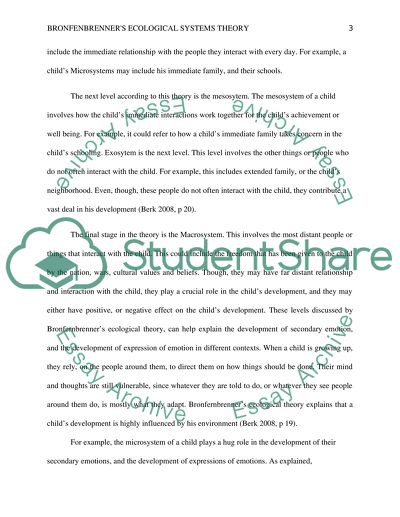Cite this document
(“Bronfenbrenner's Ecological Systems Theory Essay”, n.d.)
Retrieved from https://studentshare.org/psychology/1449680-how-does-bronfenbrenner-s-ecological-systems
Retrieved from https://studentshare.org/psychology/1449680-how-does-bronfenbrenner-s-ecological-systems
(Bronfenbrenner'S Ecological Systems Theory Essay)
https://studentshare.org/psychology/1449680-how-does-bronfenbrenner-s-ecological-systems.
https://studentshare.org/psychology/1449680-how-does-bronfenbrenner-s-ecological-systems.
“Bronfenbrenner'S Ecological Systems Theory Essay”, n.d. https://studentshare.org/psychology/1449680-how-does-bronfenbrenner-s-ecological-systems.


